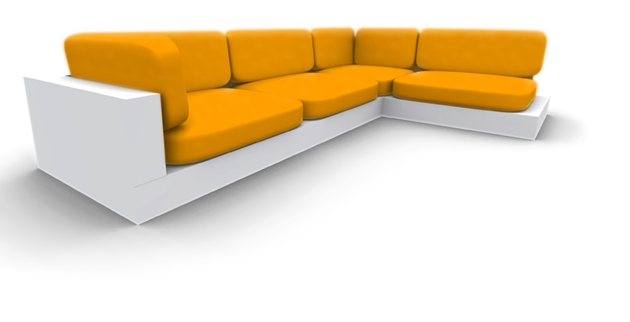| Autor | Beitrag | ||
|---|---|---|---|
|
BRH Hält's aus hier Beiträge: 6 |
Hallo!
Ich habe ein ListView und möchte, wenn man die Maus über einen der Items bewegt, rechts neben dem Item ein paar Controls (Buttons, Labels, etc.) erscheinen lassen. Über diese sollen dann weitere Optionen für den gewählten Eintrag angewählt werden können. Weiß jemand wie sich das mit WPF realisieren lässt? Kennt jemand ein passendes Beispiel/Tutorial? Danke schonmal! |
||
Chryzler       
Beiträge: 1097 Erhaltene Danke: 2 |
Also du musst ja das CellTemplate von GridViewColoumn setzen. Darein machst deine ganze Controls mit IsVisible = false, und dann musst irgendwie mit nem EventSetter bei IsMouseOver des ListViewItems die IsVisible-Eigenschaften der Controls auf true setzen.
Vielleicht gehts auch einfacher, ich weiß es nicht. |
||
Kha       
Beiträge: 3803 Erhaltene Danke: 176 Arch Linux Python, C, C++ (vim) |
Vielleicht will er auch ein Popup[meta]Hint: Die Klasse heißt genauso ; )[/meta]? Lässt sich nicht wirklich herauslesen
|
||
BRH  Hält's aus hier Beiträge: 6 |
Hi!
Also schon mal danke Ich hab euch mir das so vorgestellt: 
Ich habe ein paar Items. Bewege ich die Maus darauf erscheinen rechts z.B. Buttons (was genau, weiß ich noch nicht) mit denen ich den Eintrag dann löschen kann. Im Prinzip hört sich das was Christoph geschrieben hat schon ganz gut an. So habe ich mir das auch gedacht. Allerdings komme ich bei der Umsetzung nicht weiter Hätte jemand vielleicht ein kleines Code-Beispiel? Das wäre echt klasse! |
||
Chryzler       
Beiträge: 1097 Erhaltene Danke: 2 |
Ich bekomms grad auch nicht hin. Du musst jetzt irgendwie dem DataBinding beim Visibility mitteilen, dass er die IsSelected-Eigenschaft von dem entsprechenden ListViewItem benutzen soll. IsMouseOver gibts gar nicht.
|
||
Kha       
Beiträge: 3803 Erhaltene Danke: 176 Arch Linux Python, C, C++ (vim) |
Hab mal kurz in Blend gewerkelt, das Ergebnis sieht vielversprechend aus.
Das meiste Zeugs wurde einfach von Blends "Edit Template -> Edit a Copy" erstellt, die paar Zeilen für das Popup habe ich markiert. Hab gerade erst gemerkt, dass es um eine ListView geht |
||
BRH  Hält's aus hier Beiträge: 6 |
Hey! Super! Genauso hab ich mir das vorgestellt! Vielen Herlichen Dank an euch beide!
|
||


















